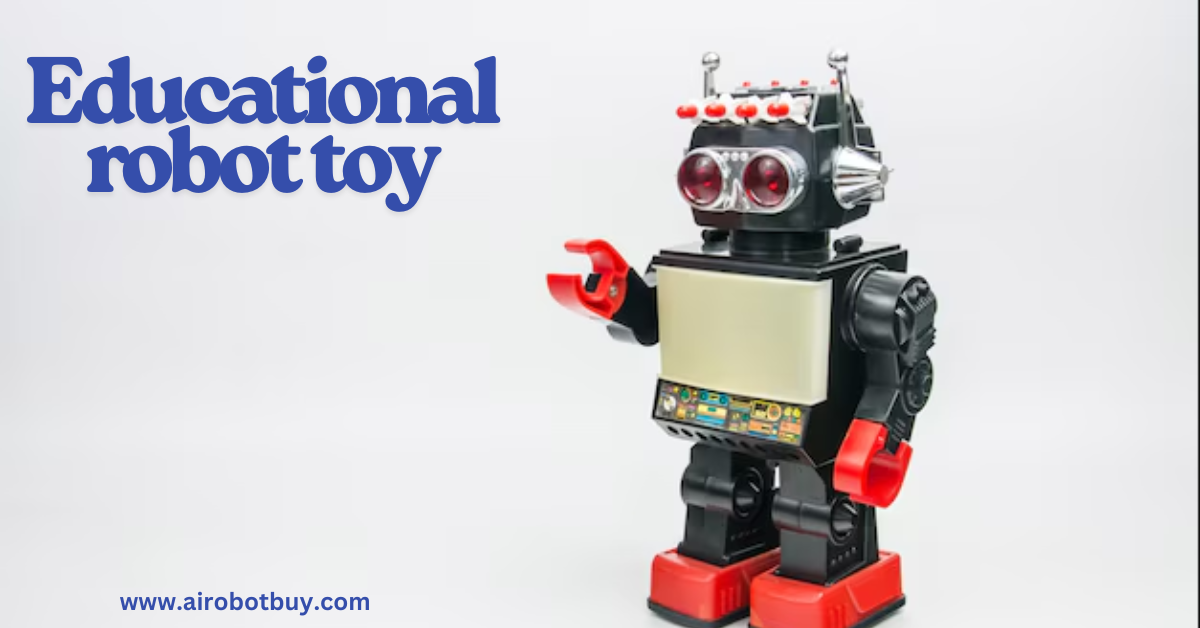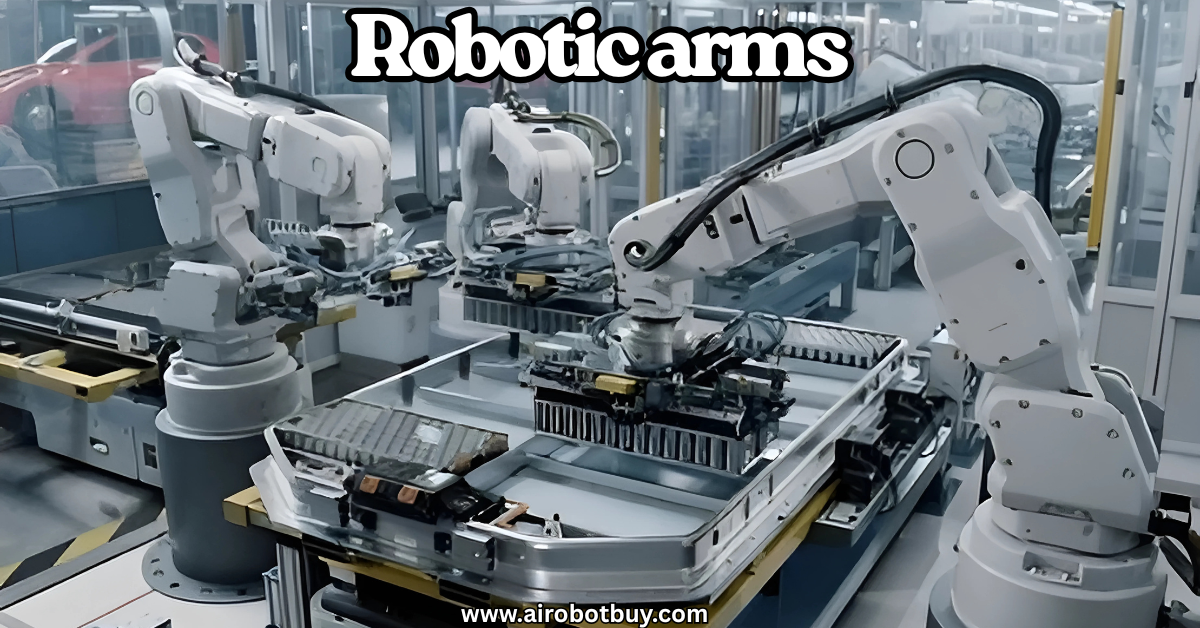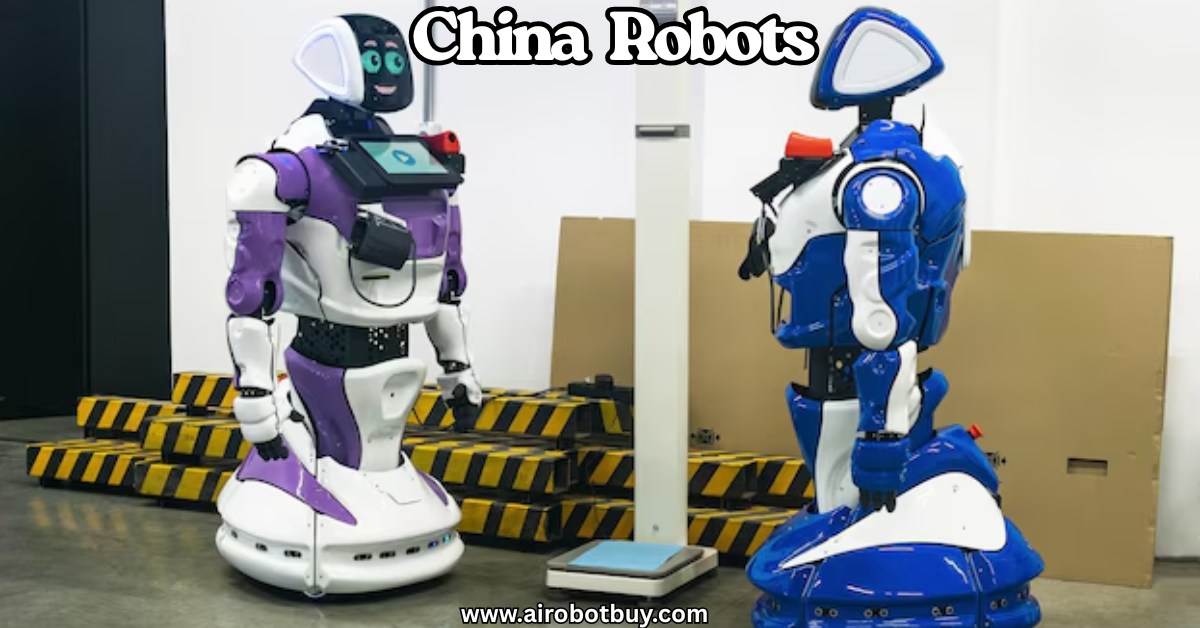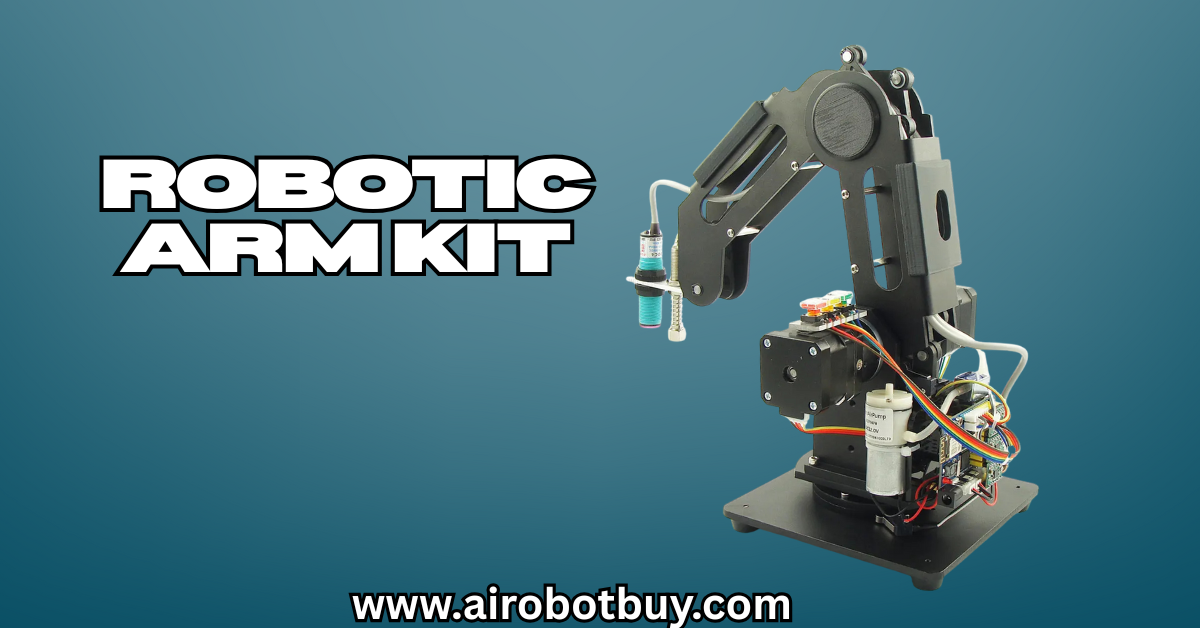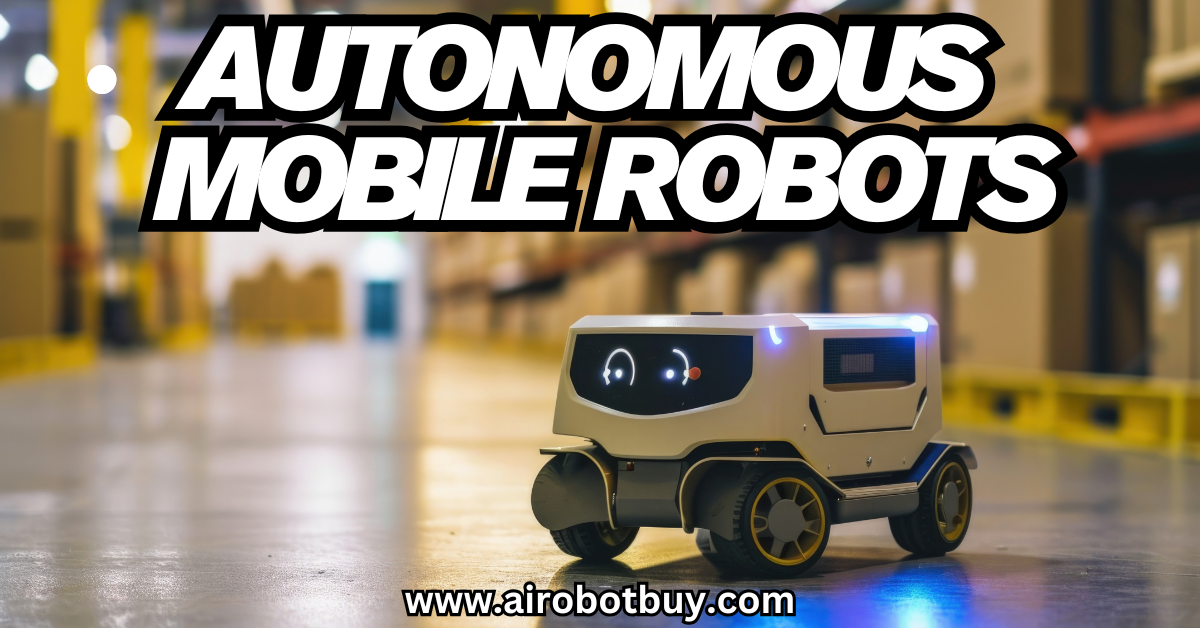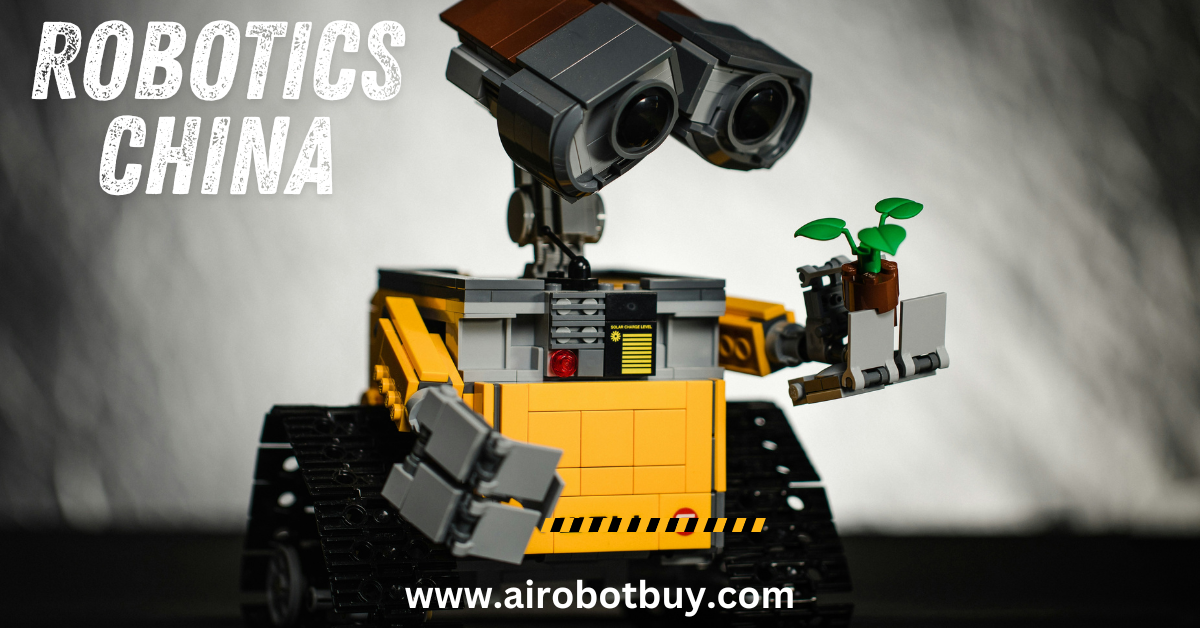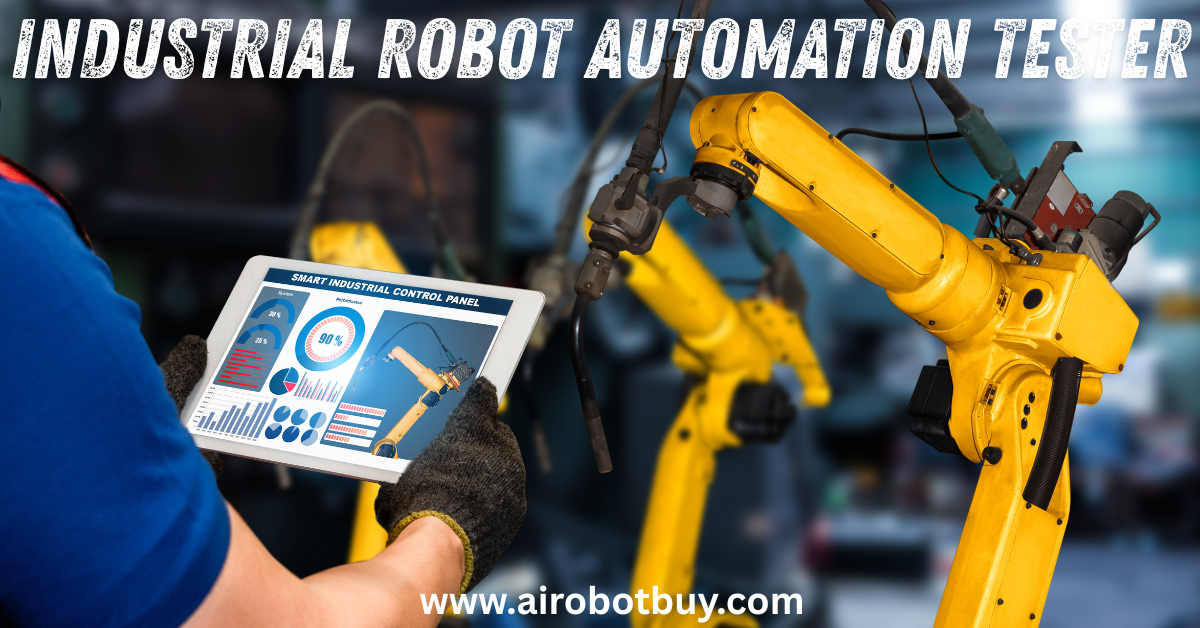Technology is becoming part of children’s everyday lives faster than ever before. From voice assistants answering their questions to tablets guiding their homework, kids are surrounded by digital tools. But parents and educators often face a challenge: how can children engage with technology in a way that builds real skills instead of just consuming content passively? That’s where robotics education offers an answer.
An educational robot toy is not just another gadget on the shelf. It’s a structured learning tool designed to merge play with valuable skills like problem-solving, coding, creativity, and teamwork. Unlike traditional toys, these robots respond to commands, perform tasks, and challenge children to think critically. They transform abstract concepts such as math, sequencing, and logical reasoning into hands-on activities that children can see and control.
For schools, robotics opens new doors in STEM education, while at home, it gives parents a way to turn screen-free play into meaningful learning. As technology-driven careers grow, robotics prepares children early by teaching skills that go beyond memorization.
Educational robot toy what it is and how it benefits children’s learning
In this guide we will explain what an educational robot toy is, why it is gaining attention, the key benefits for children, the skills it develops, and how classrooms are adopting it worldwide.
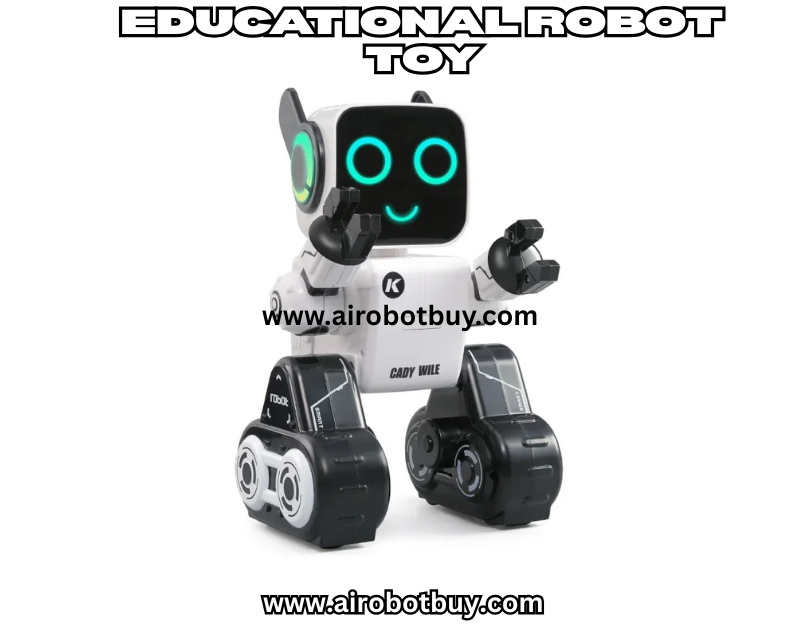
What Is an Educational Robot Toy?
An educational robot toy is a hands-on tool designed to teach children while they play. Unlike ordinary toys, it combines interactive design with learning outcomes. Children can program, control, or guide these robots to perform actions, respond to commands, or solve small tasks. This process turns playtime into a structured learning experience. Visit here!
Key elements include:
- Programmable features – Most robots allow kids to use simple coding, drag-and-drop commands, or even voice instructions.
- STEM integration – They cover science, technology, engineering, and math through real applications.
- Interactive play – Kids test ideas in real-time, watching the robot respond to their input.
- Scalability by age – Younger kids use them to learn sequencing or colors, while older children explore advanced coding.
This makes an educational robot toy more than entertainment. It’s a bridge between curiosity and skill-building, giving children tools to learn problem-solving, logic, and creativity at their own pace.
Why Parents and Teachers Are Turning Toward Robotics in Learning
Parents and educators are constantly searching for ways to make learning engaging without relying solely on screens or textbooks. Robotics offers that balance.
Reasons why robotics is gaining attention:
- Hands-on learning – Children don’t just watch; they experiment, test, and adjust.
- Supports 21st-century skills – Future jobs require coding, critical thinking, and collaboration. Robotics builds all three.
- Bridges home and school learning – Parents can guide kids at home, while teachers integrate robotics into lessons.
- Adaptable learning levels – Whether for preschoolers or middle schoolers, different models suit each stage.
- Boosts motivation – Kids often stay engaged longer because they feel ownership over the robot’s actions.
Data-driven context:
- Studies show that children using robotics demonstrate higher retention in math and science tasks.
- Teachers report improved collaboration when robotics projects are introduced in classrooms.
- Surveys reveal that a majority of parents prefer interactive toys that teach skills rather than passive digital games.
By blending fun with education, robotics addresses a long-standing challenge: keeping children engaged while learning.
The Benefits of Educational Robot Toys for Children
1. Strengthens Problem-Solving Abilities
Programming a robot to complete tasks is like solving a puzzle. Kids must think step by step, test their ideas, and adjust if the robot doesn’t respond correctly. This trial-and-error builds resilience and sharp problem-solving skills.
2. Teaches Coding and Logical Thinking
Robotics introduces coding in a playful way. Kids learn loops, sequencing, and cause-effect thinking without diving into complex programming languages. This early exposure gives them confidence in tackling technology later.
3. Enhances Creativity
Robots aren’t limited to fixed functions. Children design stories, create challenges, or even invent new uses for their robot. This encourages imagination while staying structured around learning goals.
4. Encourages Teamwork
Robotics projects often require cooperation. Children brainstorm together, divide tasks, and solve challenges as a group. This helps develop social and communication skills.
5. Builds Confidence With Technology
Instead of being passive users of gadgets, kids become creators. Watching a robot respond to their commands gives them confidence in using and understanding technology.
Quick benefits list:
- Improves focus and attention span.
- Makes abstract concepts like math or coding tangible.
- Encourages persistence through trial and error.
- Supports both individual and group learning styles.
Skills Developed Through Robotics Learning
An educational robot toy is not just about coding. It builds a wide range of skills that extend into school subjects and life skills.
| Skill Area | How Robotics Supports It |
|---|---|
| Critical Thinking | Debugging errors, refining robot behavior |
| Mathematics | Counting steps, measuring distance, sequencing actions |
| Creativity | Designing unique challenges, storytelling with robots |
| Collaboration | Working together on robotics projects |
| Resilience | Learning to persist through trial and error |
| Digital Literacy | Gaining comfort with technology and programming basics |
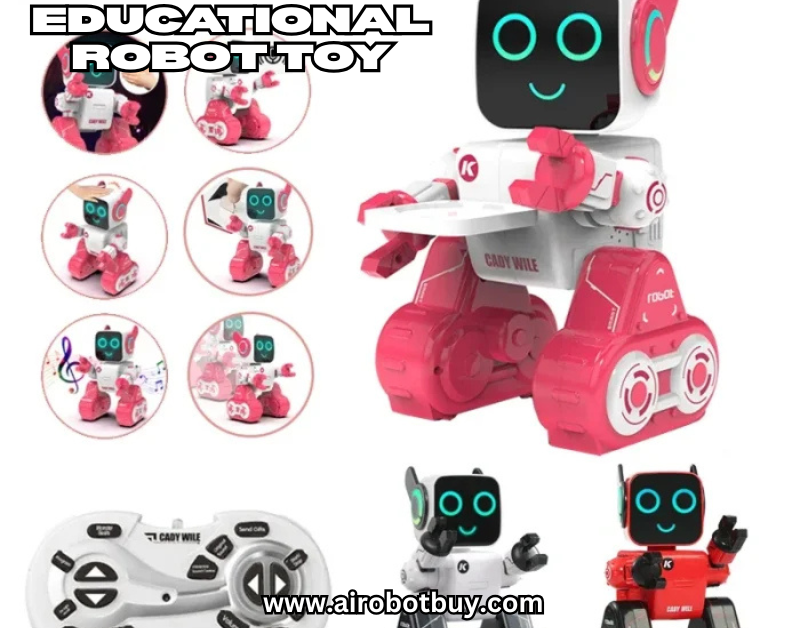
Step-by-step impact:
- Exploration – Children test robot commands and observe responses.
- Problem-solving – They figure out why something didn’t work.
- Reflection – Kids learn what to improve next time.
- Application – Skills transfer into other areas like math, science, and even storytelling.
By cycling through this process, children don’t just play — they actively practice learning strategies used in real-life problem-solving.
The Growing Role of Robotics in Classrooms
Robotics is no longer just a hobby; it’s becoming part of mainstream education worldwide.
In classrooms, robotics is used to:
- Teach STEM subjects in an applied way.
- Encourage group projects that mix creativity with problem-solving.
- Support after-school coding clubs and competitions.
- Prepare students for technology-driven careers.
Global trends:
- U.S. schools report growing adoption of robotics in elementary grades.
- Asian countries like China and Japan are investing heavily in robotics education programs.
- Europe is incorporating robotics into curriculum reforms to strengthen digital literacy.
Why it works in schools:
- Teachers use robots to simplify complex subjects.
- Kids see immediate results from their efforts, which motivates them.
- Robotics fosters active learning, where students take responsibility for their own progress.
Comparison Table: Traditional Learning vs Robotics Learning
| Aspect | Traditional Learning | Robotics Learning |
|---|---|---|
| Engagement | Passive reading or memorization | Active, hands-on experimentation |
| Skill Focus | Academic knowledge | Academic + problem-solving + creativity |
| Learning Speed | Fixed pace | Flexible, child-led pace |
| Collaboration | Limited group work | Encourages teamwork and shared problem-solving |
This shows how robotics complements traditional learning instead of replacing it.
Frequently Asked Questions
Q1. What age is best to start with robotics?
Children as young as 3 can start with simple robots. As they grow, more advanced robots introduce coding and problem-solving.
Q2. How expensive are these toys?
Entry-level models start under $50, while advanced programmable robots can cost a few hundred dollars. Parents can start small and upgrade later.
Q3. Do kids need prior tech knowledge?
No. Educational robots are designed for beginners, with step-by-step guides.
Q4. How much time should kids spend with robotics?
Balanced use is best. Short, regular sessions of 20–30 minutes a day encourage learning without overwhelming the child.
Q5. Can robotics replace traditional education?
No. It complements traditional learning by adding hands-on practice and technology-based skills.
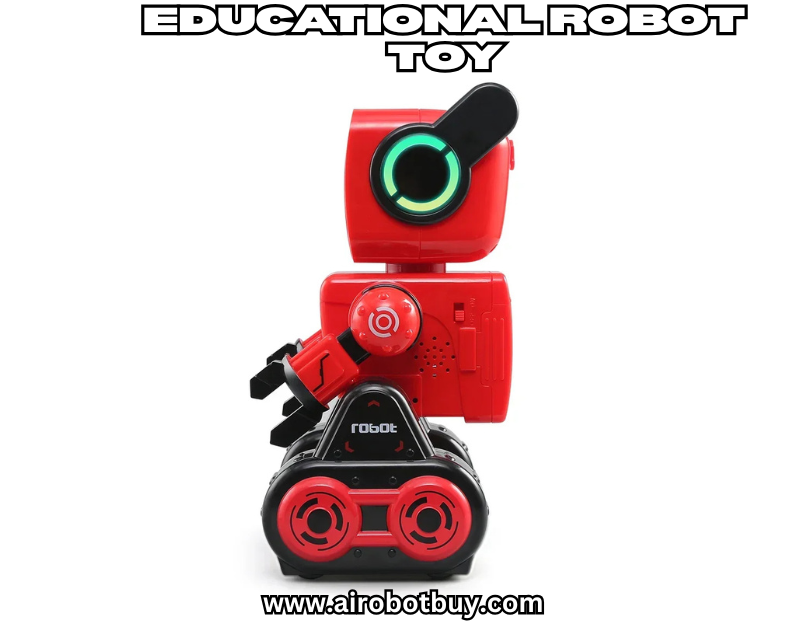
Conclusion
Children today need more than traditional lessons to prepare for the future. They require tools that make learning active, meaningful, and connected to real-world skills. An educational robot toy offers exactly that by combining play with lessons in coding, problem-solving, creativity, and teamwork. It shifts children from being passive users of technology to active learners who understand how things work and why.
For parents, robotics provides an engaging way to encourage learning at home without relying solely on screens. For teachers, it adds depth to STEM lessons, making abstract concepts easier to understand. And for children, it turns curiosity into confidence, showing them that they can shape technology instead of just using it.
As global trends show a growing demand for digital literacy and future-ready skills, robotics plays a vital role in giving children a head start. Introducing robotics early is not about replacing traditional education but enhancing it, ensuring kids are prepared for challenges and opportunities ahead.
By making learning hands-on, interactive, and skill-driven, robotics sets the stage for lifelong growth. It’s not just a toy — it’s a pathway to building stronger learners and future innovators.


















